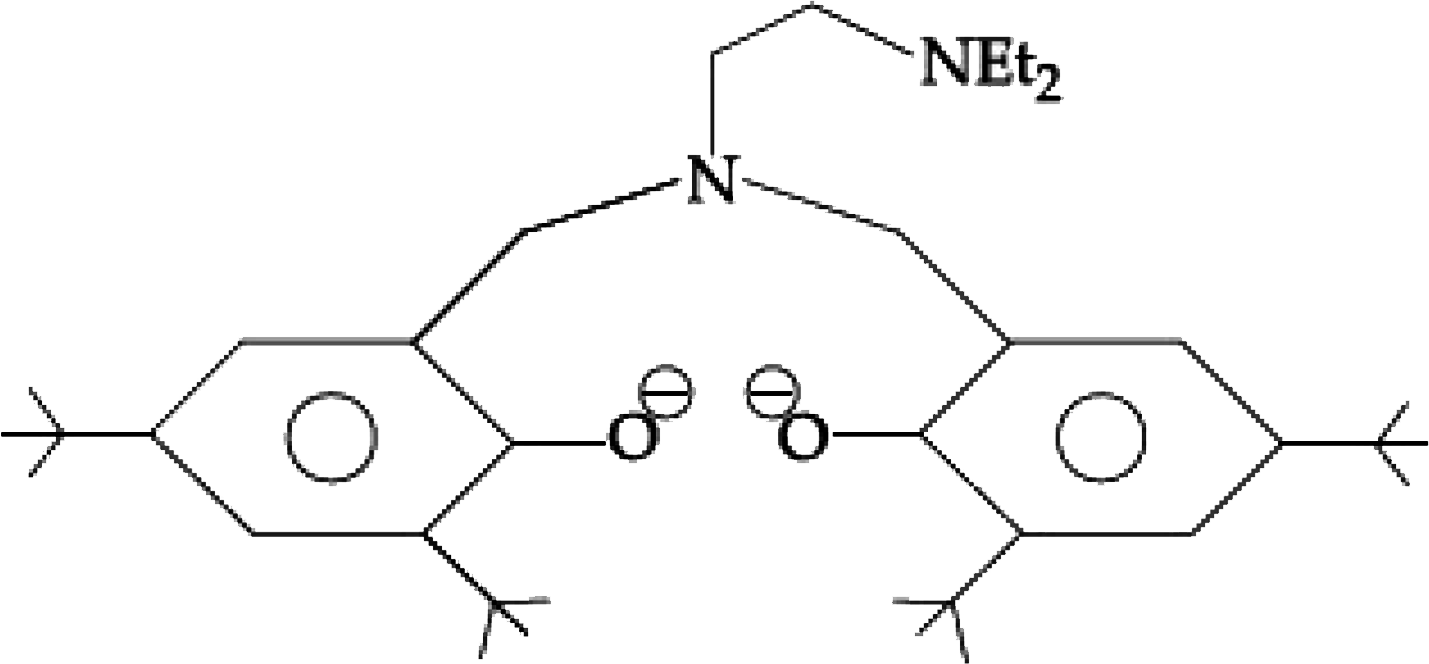Give the effect of the configuration of (S)−2− bromo butane on performing the following operations:
a. Exchanging ligands across the horizontal bond.
b. Exchanging ligands across the vertical bond.
c. Making both switches (a) and (b)
d. Exchanging a horizontal and vertical ligand.
e. A 180∘ verticle or horizontal rotation outside the plane of paper.
f. A 90∘ rotation on the plane of paper.
To determine the effect of the configuration of (S)-2-bromobutane on various operations, we will analyze each operation step by step.
1. Understanding the Structure of (S)-2-bromobutane:
- (S)-2-bromobutane has the following configuration:
- The bromine (Br) is attached to the second carbon.
- The other groups are: a methyl group (CH3), an ethyl group (C2H5), and a hydrogen (H).
- The arrangement of these groups in the Fischer projection is crucial for analyzing the effects of the operations.
2. Operation a: Exchanging ligands across the horizontal bond.
- When we exchange the groups on the horizontal bond (e.g., Br and CH3), the new configuration will be:
- Br and CH3 are swapped, resulting in the configuration: Br, C2H5, H, CH3.
- This results in a change from (S) to (R) configuration.
3. Operation b: Exchanging ligands across the vertical bond.
- Exchanging the groups on the vertical bond (e.g., CH3 and C2H5) will also change the configuration:
- The new arrangement will be: C2H5, Br, H, CH3.
- This also results in a change from (S) to (R) configuration.
4. Operation c: Making both switches (a) and (b).
- If both horizontal and vertical exchanges are performed simultaneously, the configuration remains:
- The new arrangement will be: C2H5, CH3, Br, H.
- The configuration remains (S).
5. Operation d: Exchanging a horizontal and vertical ligand.
- If we exchange one horizontal (e.g., Br) and one vertical (e.g., H), the new arrangement will be:
- The new configuration will be: H, C2H5, Br, CH3.
- This results in a change from (S) to (R) configuration.
6. Operation e: A 180° vertical or horizontal rotation outside the plane of paper.
- A 180° rotation would invert the positions of the groups:
- The ligands that were pointing towards the observer will now point away and vice versa.
- This operation is not allowed in Fischer projection as it changes the configuration.
7. Operation f: A 90° rotation on the plane of paper.
- A 90° rotation will also change the orientation of the groups:
- The new arrangement will be: Br at the top, CH3 on the left, H at the bottom, and C2H5 on the right.
- This operation is also not allowed in Fischer projection as it changes the configuration.
Summary of Results:
- Operation a: (S) → (R)
- Operation b: (S) → (R)
- Operation c: (S) remains (S)
- Operation d: (S) → (R)
- Operation e: Not allowed (configuration changes)
- Operation f: Not allowed (configuration changes)
- (S)-2-bromobutane has the following configuration:
- The bromine (Br) is attached to the second carbon.
- The other groups are: a methyl group (CH3), an ethyl group (C2H5), and a hydrogen (H).
- The arrangement of these groups in the Fischer projection is crucial for analyzing the effects of the operations.
- When we exchange the groups on the horizontal bond (e.g., Br and CH3), the new configuration will be:
- Br and CH3 are swapped, resulting in the configuration: Br, C2H5, H, CH3.
- This results in a change from (S) to (R) configuration.
- Exchanging the groups on the vertical bond (e.g., CH3 and C2H5) will also change the configuration:
- The new arrangement will be: C2H5, Br, H, CH3.
- This also results in a change from (S) to (R) configuration.
- If both horizontal and vertical exchanges are performed simultaneously, the configuration remains:
- The new arrangement will be: C2H5, CH3, Br, H.
- The configuration remains (S).
- If we exchange one horizontal (e.g., Br) and one vertical (e.g., H), the new arrangement will be:
- The new configuration will be: H, C2H5, Br, CH3.
- This results in a change from (S) to (R) configuration.
- A 180° rotation would invert the positions of the groups:
- The ligands that were pointing towards the observer will now point away and vice versa.
- This operation is not allowed in Fischer projection as it changes the configuration.
- A 90° rotation will also change the orientation of the groups:
- The new arrangement will be: Br at the top, CH3 on the left, H at the bottom, and C2H5 on the right.
- This operation is also not allowed in Fischer projection as it changes the configuration.
- Operation a: (S) → (R)
- Operation b: (S) → (R)
- Operation c: (S) remains (S)
- Operation d: (S) → (R)
- Operation e: Not allowed (configuration changes)
- Operation f: Not allowed (configuration changes)
Topper's Solved these Questions
- ISOMERISMBOOK - CENGAGE CHEMISTRY ENGLISHCHAPTER - ISOMERISMEXERCISE - Example
15 Videos
- ISOMERISMBOOK - CENGAGE CHEMISTRY ENGLISHCHAPTER - ISOMERISMEXERCISE - Exercise
19 Videos
- IONIC EQUILIBRIUMBOOK - CENGAGE CHEMISTRY ENGLISHCHAPTER - IONIC EQUILIBRIUMEXERCISE - Archives Subjective
28 Videos
- NCERT BASED EXERCISEBOOK - CENGAGE CHEMISTRY ENGLISHCHAPTER - NCERT BASED EXERCISEEXERCISE - Chemical Equilibrium
73 Videos
Similar Questions
The following ligand is :

View SolutionWhich of the following ligand does not as π−acid ligand?
View SolutionWhich of the following represent(s) bidentate ligand(s)?
View SolutionOut of following which ligand is a π acid ligand ?
View SolutionGive one example of a positive ligand.
View SolutionGiven an example of a horizontal plane and a vertical plane from your environment.
View Solution3d4 configuration may have the exchange of s
View SolutionAre the bidentate ligands same as the ambidentate ligands ?
View SolutionGive one example of a hexadentate ligand.
View SolutionWhich of the following configuration of ions has zero CFSE in both strong and weak ligand fields ?
View Solution
